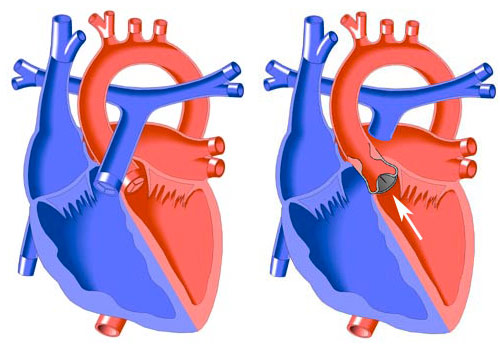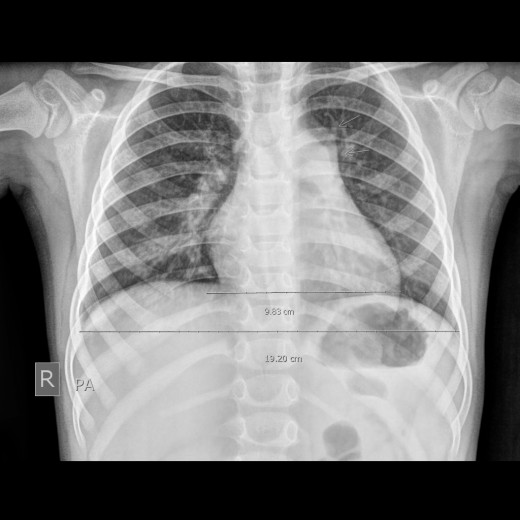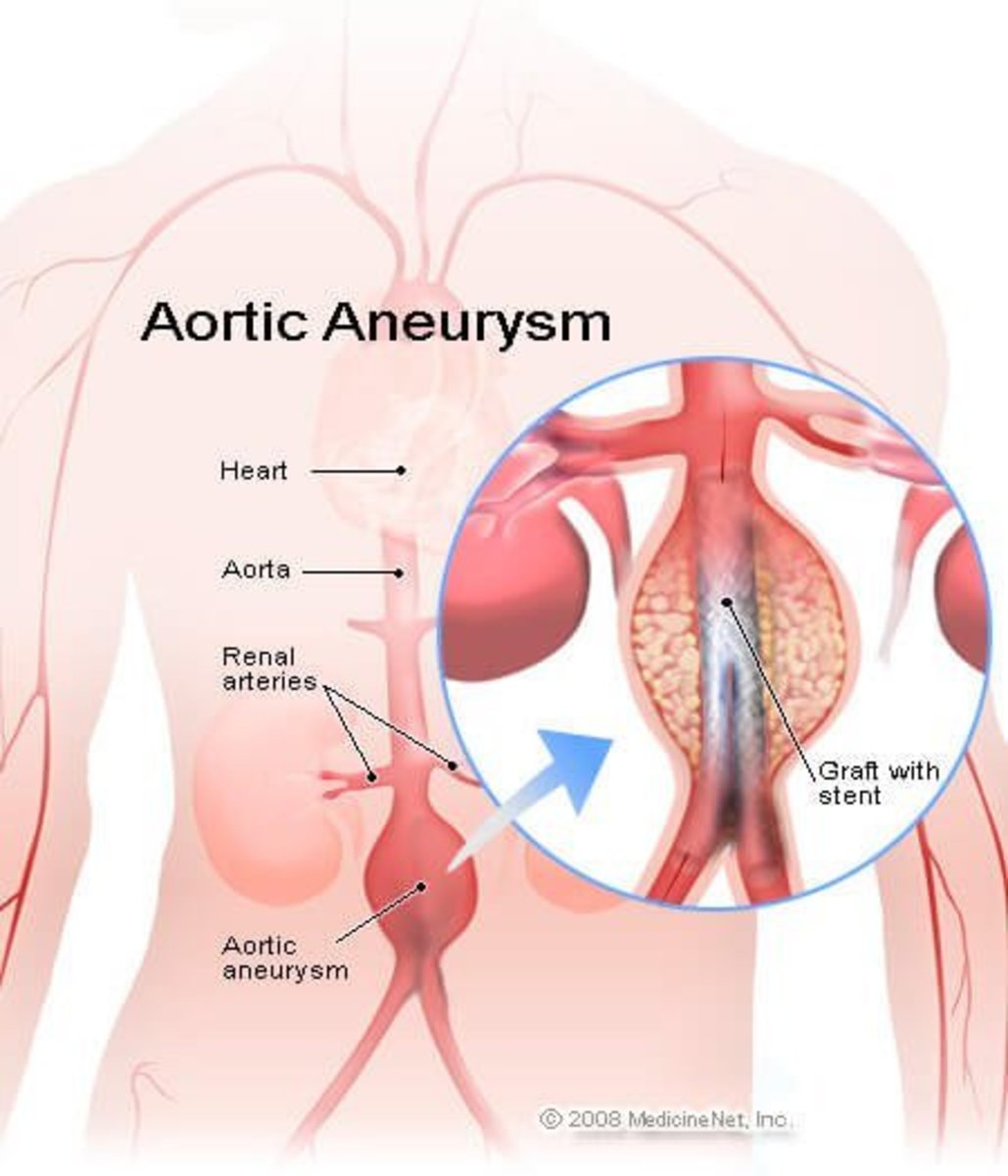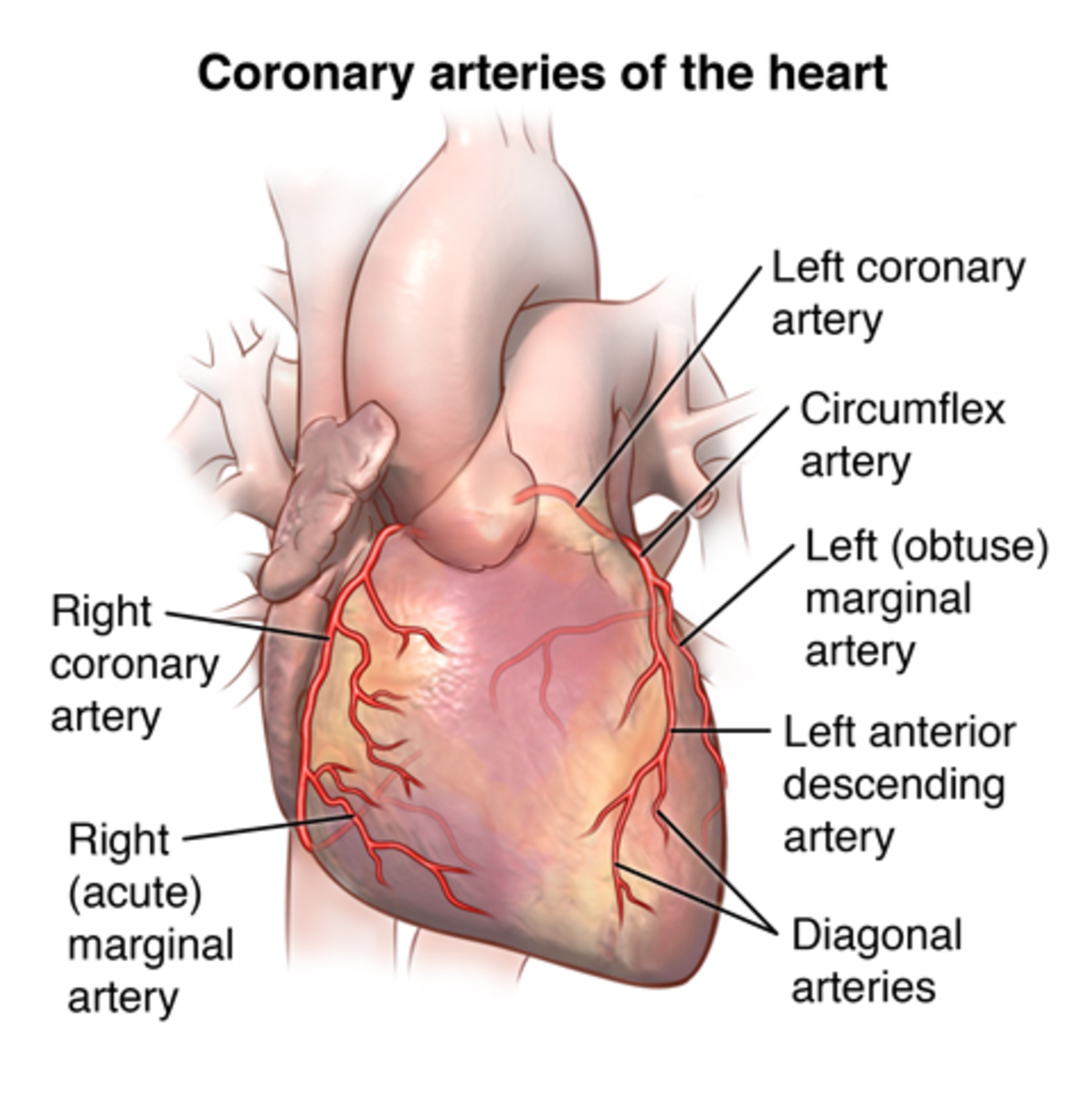Cardiac Defects: Congenital Aortic Stenosis And Pulmonary Stenosis
Stenosis of the Aorta

Congenital Aortic Stenosis
Obstruction to the left ventricular outflow tract may be valvular subvalvular, or supravalvular, the valvular form being the commonest. The stenotic aortic valve is most often bicuspid, although tricuspid aortic valve may also become stenotic in the younger age group. Critical aortic stenosis produces congestive heart failure in infancy. In moderate and severe cases the pulse is characteristically small in volume with slow-rising ascending limb of the pulse wave and pulse pressure less than 20 mmHg. The heart may not be enlarged, but the apex beat heaving in nature. In most of the cases there is a systolic-thrill, best felt in the right upper sterna border as well as over the carotids. Auscultation reveals ejection systolic murmur preceded by a constant ejection click, best audible over the right upper sterna border and conducted to the carotids. In many cases the murmur and click are very well audible over the cardiac apex also. An early diastolic murmur of associated mild aortic regurgitation may also be heard in some cases. In mild cases only the murmur may be present without any abnormality in the pulse or apex beat.
Treatment in severe cases consists of valvotomy if the valve is not grossly damaged and valve replacement if the valve is fibrosed and calcified. The presence of a constant ejection click helps in identifying that the stenosis is at valvular level. This is associated with post-stenotic dilatation of the ascending aorta. Both these features are absent in subvalvular stenosis.
Congenital subvalvular aortic stenosis may take the form of a discrete membrane or a tunnel type of obstruction. Obstruction to the left ventricular outflow tract below the valve is caused by hypertrophic cardiomyopathy. In this condition, the pulse is characteristically jerky with an initial rapid upstroke. Spravalvular aortic stenosis may be familial associated with a characteristic facies, hypercalcemia, and mental retardation (william’s syndrome). In supravalvular aortic stenosis, the jet of blood flow may be directed towards the innominate artery resulting in a difference in the pulse and blood pressure between the two radial arteries.
Obstruction In Pulmonary Vessels

Clinical Cardiology
Pulmonary Stenosis
Right ventricular outflow obstruction may be valvar, supravalvar or infravalvar. As an isolated anomaly, pulmonary valve stenosis is the commonest type of right ventricular outflow obstruction. This is characterized by a thick valve with fused cusps and central or eccentric opening. The valve demonstrates characteristic doming with varying degrees of restriction of opening during systole. The main pulmonary artery shows post-stenotic dilatation with prominence of the left pulmonary artery. Mild cases may show only an ejection systolic murmur, best audible in the left upper sterna border. This is preceded by an inconstant ejection click. In moderate and severe cases the murmur is harsh and may be associated with thrill. The ejection click becomes closer to the first heart sound and the pulmonary second sound becomes feeble and delayed. There is right ventricular hypertrophy as evidenced by the left parasternal heave. The jugular venous pulse shows prominent ‘a’-wave due to rise of right atrial pressure. In severe cases, the right ventricular and right atrial pressures become elevated and a right to left shunt may develop through a stretched patent foramen ovale. In this stage, right ventricular failure may develop.
Mild cases usually do not progress further. Moderate and severe cases require valvotomy. Critical pulmonary stenosis is associated with the risk of sudden death in the pediatric age group and, therefore, surgery should not be delayed if the diagnosis is confirmed.






